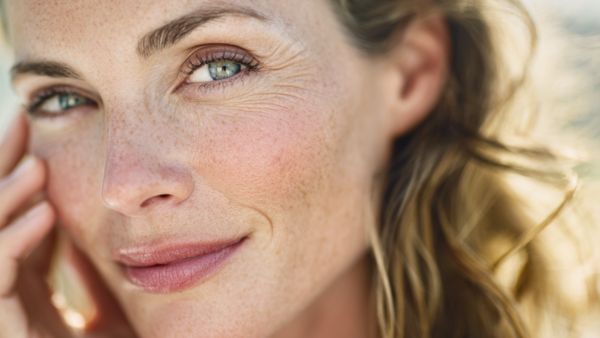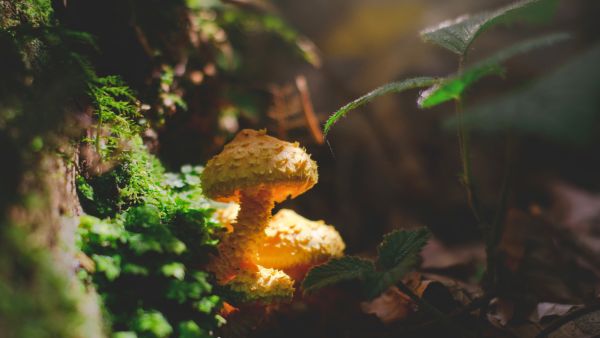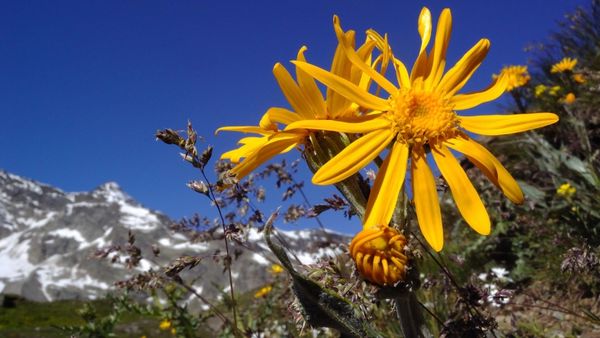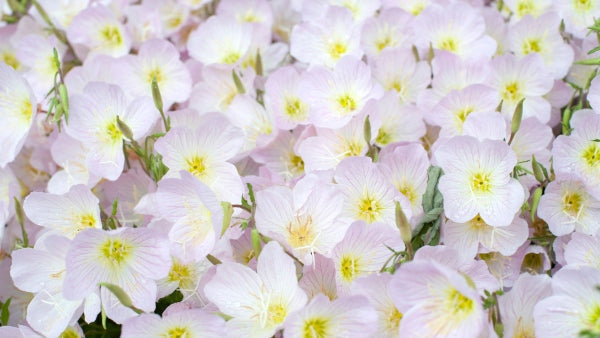Do I Need a Moisturizer If I’m Using a Face Oil?
A real question from one of our longtime customers—and a great opportunity to explore how hydration and moisture actually work.
“I’ve used TellurideGlow as my ‘moisture step’ for years. But recently, my daughter said that oils only treat the surface of the skin. She said I also need a moisturizer that penetrates deeper. Is that true?”
It’s a question we hear often, especially as skincare routines get more layered and ingredient-literate. So let’s break it down.
First, a quick distinction
-
Hydration = water
-
Moisture = oil
Your skin needs both. Water keeps cells plump, supple, and functioning. Oils help seal in that hydration, maintain barrier integrity, and deliver nourishing nutrients.
What oils really do (and don’t)
It’s true that oils form a protective barrier—but not all oils just sit on the surface. High-quality, cold-pressed botanical oils like those in The Purist or The Alpine are rich in essential fatty acids, antioxidants, and fat-soluble vitamins. These molecules do penetrate into the epidermis (the outer layer of skin), supporting elasticity, strengthening the lipid barrier, and helping to prevent transepidermal water loss (TEWL).
What they don’t do: deliver water. That’s where hydration comes in.
Where hydration happens (and why it matters)
To truly hydrate the skin, you need water-based actives that absorb into the deeper layers. That’s why we formulated Aspen Dew Illuminating Essence as the essential first step in your ritual.
Aspen Dew delivers:
-
Hyaluronic acid for multi-level hydration
-
Aloe vera to refresh and replenish
-
Niacinamide + bearberry to brighten and support skin tone
-
Dew bean + edelweiss for barrier support and resilience
This step floods the skin with hydration, creating the ideal base for your oil serum to follow.
So… do you really need a moisturizer on top?
If you're using Aspen Dew + one of our oil serums, you’re already giving your skin exactly what it needs:
-
Hydration (water-based nutrients + humectants)
-
Moisture (lipids to seal and protect)
A traditional cream moisturizer isn’t necessary unless you simply prefer the added cushion. Our ritual was designed to be complete in two steps—minimal, potent, and deeply effective.
In Summary
No, you don’t need a cream moisturizer if you're using both Aspen Dew and a TellurideGlow serum. Together, they offer complete hydration and moisture support—without unnecessary filler ingredients or layering confusion.
Your skin stays nourished, resilient, and beautifully balanced.
Continue reading










